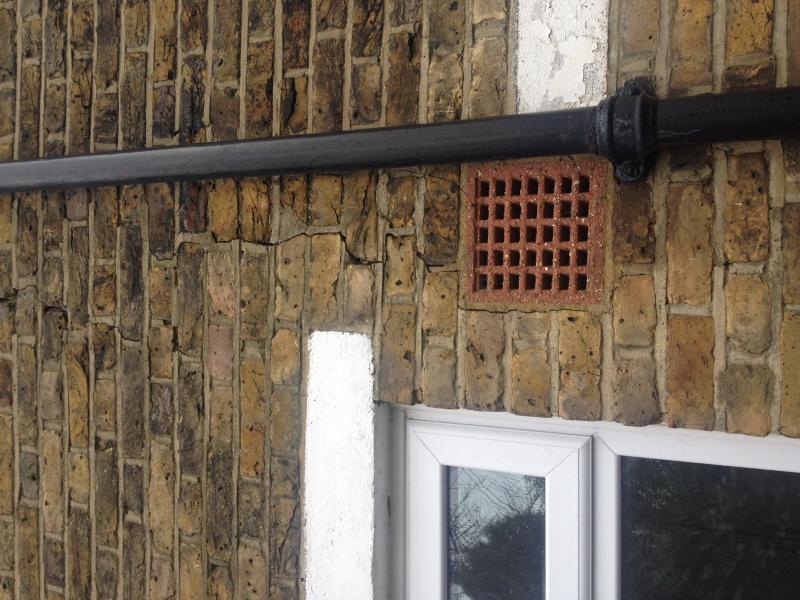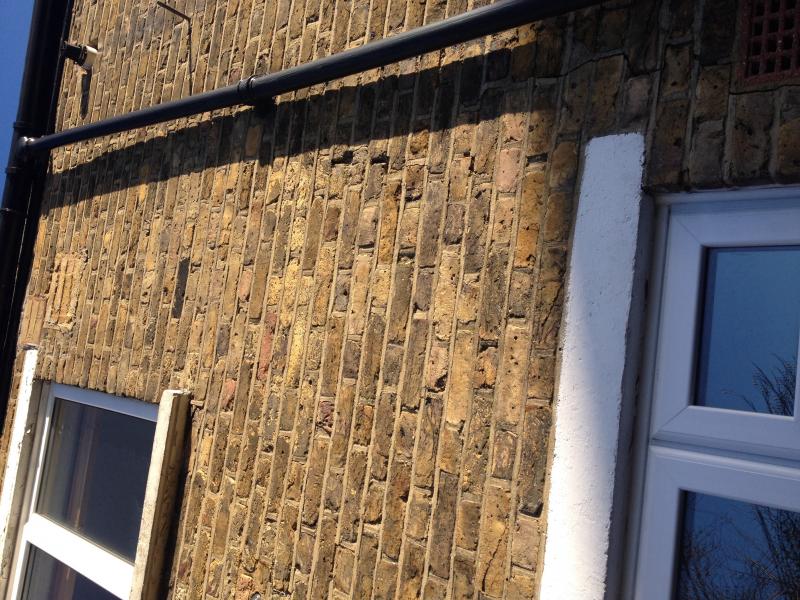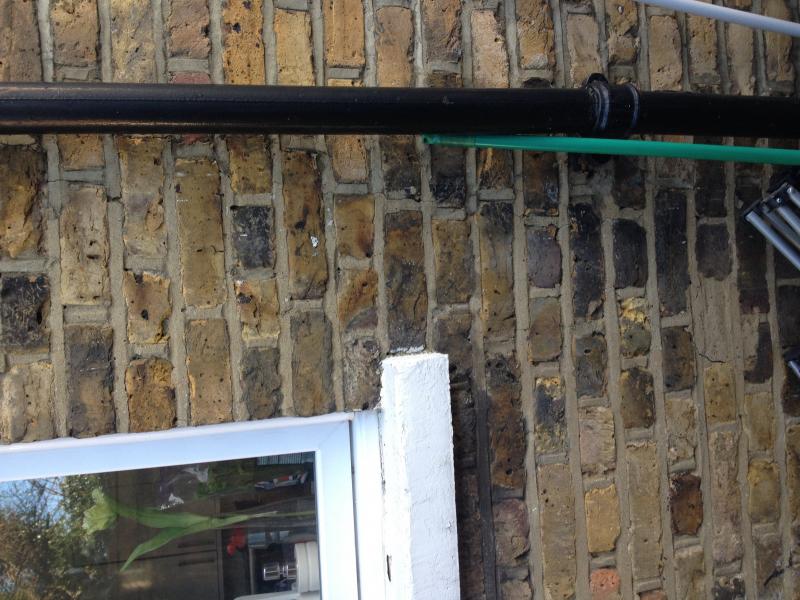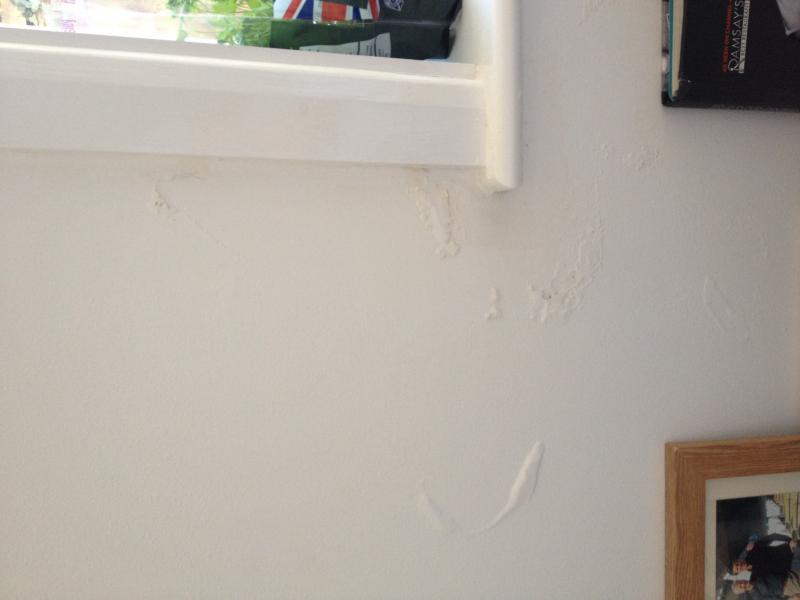Hello,
I have recently noticed a crack in the outside wall of our house.
It appears to run along the mortar lines of the bricks (the brick work is pretty old).
We also have some damp patches that appear on the inside wall in heavy rain (which I am wondering if this is penetrating damp coming in through the crack.)
How serious is this and how can I go about fixing it?
Thanks in advance for any advice (sorry the pic is the wrong way up!)
I have recently noticed a crack in the outside wall of our house.
It appears to run along the mortar lines of the bricks (the brick work is pretty old).
We also have some damp patches that appear on the inside wall in heavy rain (which I am wondering if this is penetrating damp coming in through the crack.)
How serious is this and how can I go about fixing it?
Thanks in advance for any advice (sorry the pic is the wrong way up!)





